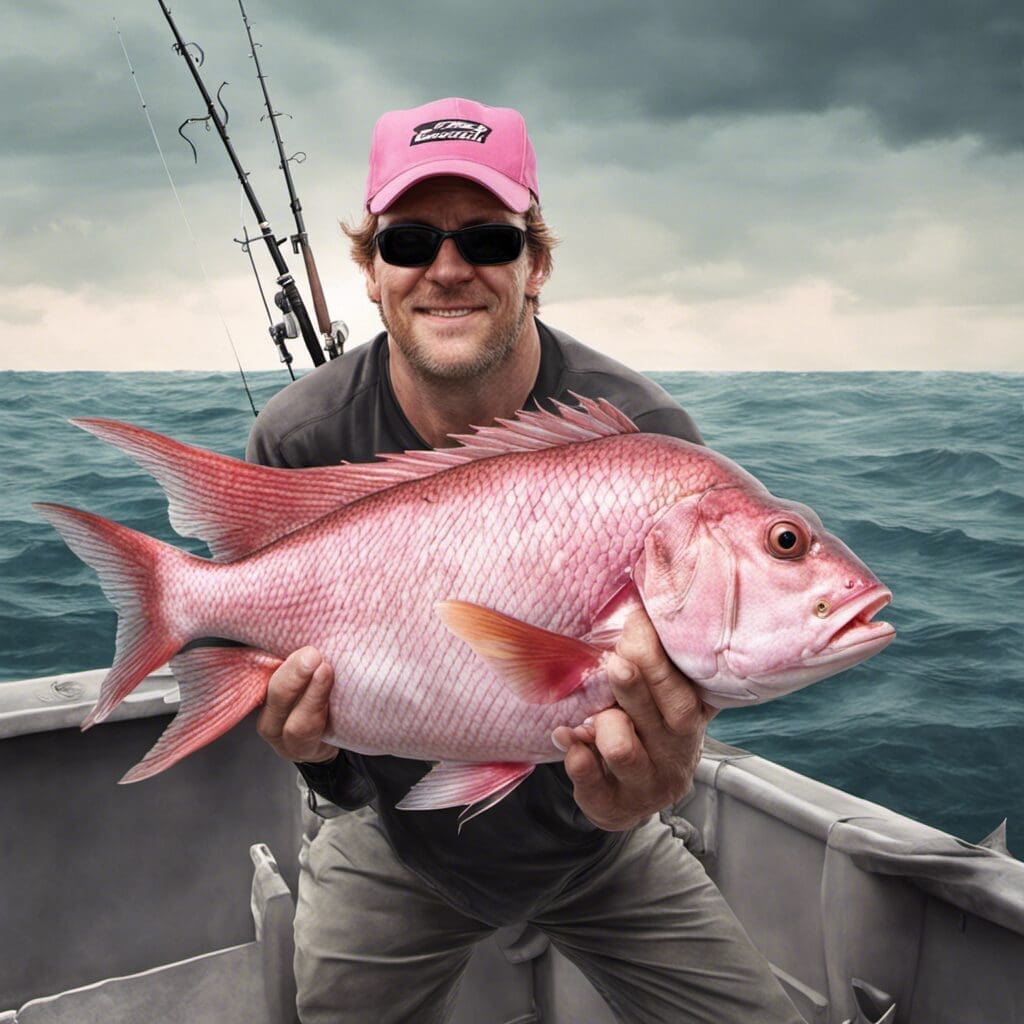Introduction
Recognized by its unique rosy hue, the Pink Snapper or Pagrus auratus is a notable and beloved fish species amongst anglers. Belonging to the Sparidae family, this visually striking species dances in the depths of the sea, providing a challenge to those who seek to catch it.
Conservation Status
Although not officially evaluated by the IUCN Red List, the Pink Snapper has been welcomed into the safe arms of regulated fishery practices. Seasonal fishing restrictions have been put in place from October to January to protect the species during its peak spawning period.
Statistics
| Statistic | Average | Range |
|---|---|---|
| Length | 70cm | 30-130cm |
| Weight | 3-5kg | Up to 20kg |
| Average Lifespan | Up to 40 years | – |
Distribution
While the Pink Snapper can be found in various regions across the globe, it is predominantly native to the temperate waters of the South Pacific, including New Zealand, Australia, and the Philippines.
Habitats
When and Where to See
The Pink Snapper is a year-round species, but is more abundant during the spring and summer months between September and March. They are typically more active during dawn and dusk.
Best Fishing Locations
The top ten fishing locations to catch a Pink Snapper include:
- Perth, Western Australia
- Port Phillip Bay, Victoria
- Coromandel Peninsula, New Zealand
- Bay of Islands, New Zealand
- Auckland, New Zealand
- Cooktown, Queensland, Australia
- Exmouth, Western Australia
- Port Lincoln, South Australia
- Kaikoura, New Zealand
- Hervey Bay, Queensland, Australia
How to Catch
The Pink Snapper responds well to dead or alive baits such as squid, octopus, or pilchards. Popular fishing techniques include deep-sea fishing, trolling, and bottom fishing.
Identification Guide
Pink Snapper are discernible by their pinkish-red color, elongated body shape, and a blue spot on each side of the ear bone. They have a rounded dorsal fin and a slightly forked tail.
Culinary
Pink Snapper is highly prized for its firm, white meat and delicate flavor. Its nutritional value includes high sources of protein, omega-3 fatty acids, and low fat. Recipes often include grilling, broiling, or pan-searing.
Additional Information
Pink Snapper are bottom feeders, largely consuming benthic macroinvertebrates. They are preyed upon by larger marine species and sharks. Commercial and recreational fishing has resulted in population declines, leading to regulations and restrictions in some areas.
References and Further Reading
For further reading, recommended sources include:
- Pink Snapper Study Report by Fisheries Western Australia
- “Marine Fishes of Southern Australia” by {AUTHOR}

